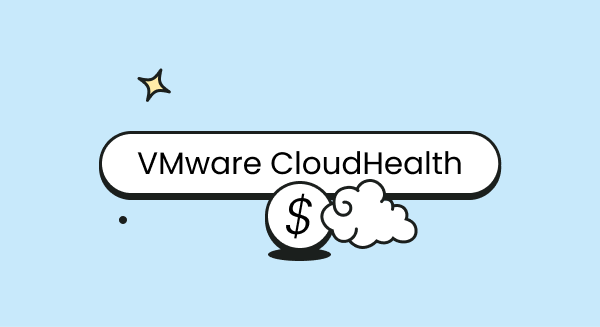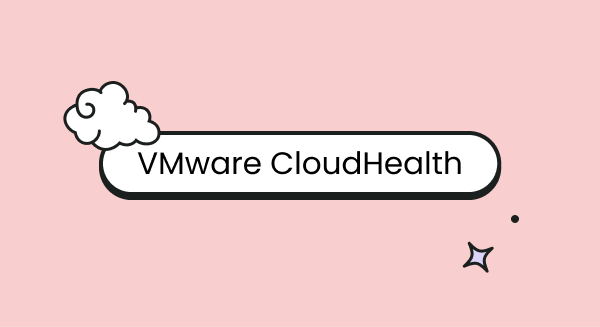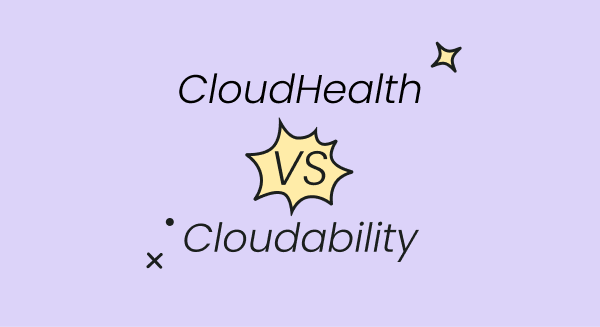
It's all too common to see organizations mismanage their Azure spending. Whether it's due to lack of awareness, improper planning, or just plain forgetfulness, the result is the same: unexpected costs and overuse that can seriously impact your company's bottom line.
By taking the time to understand and properly manage your Azure resources, you can avoid these costly mistakes and make the most of your cloud investment. So let's take a closer look at some of the strategies you can implement to manage your Azure spending and keep costs under control.
Gain a Better Understanding of your Costs
You can't improve what you don't measure, and the same is true with spending. The good news is, Microsoft provides you with a number of tools to track and understand where your money goes:
- Azure Cost Management: This tool provides insights into your usage and spending, and offers recommendations on how to optimize your resources and reduce costs.
- Azure Pricing Calculator: This is a service that provides detailed pricing information for all Azure services, including virtual machines, storage, networking, and more. It also allows users to compare the costs of different options, such as different VM sizes or storage tiers.
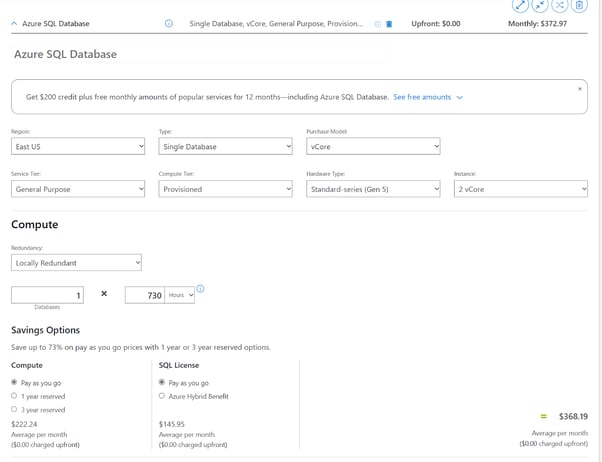
- Azure billing API: If you already have an Azure subscription, the billing API can give data such as current and past invoices, your usage data, and your cost data.
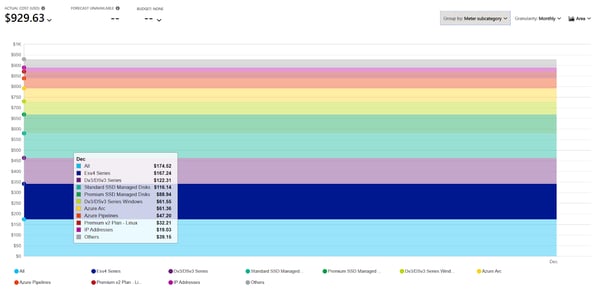
Once you have a strong understanding of your Azure spending, you can work towards taking steps to reduce your costs. You can start by:
Right-size Resources
One of the most effective ways to optimize your Azure costs is to ensure that you are using the appropriate size and type of resources for your workloads.
Oversized resources can result in unnecessary costs, while undersized resources can impact the performance of your applications. You can use tools like Azure Advisor and Azure Cost Management to identify opportunities to right-size your resources and reduce your costs.

Reserve Resources in Advance
Azure Reservations allow you to save up to 72% on your monthly bill by committing to a long-term contract in exchange for a discount on your virtual machine, SQL database, and other resource costs.
Take a look at your infrastructure to see whether there are any resources you might be able to reserve. Hint: these will be the ones you use most frequently or are critical to your business.
Use Azure Hybrid
If you have on-premises Windows Server or SQL Server licenses with Software Assurance, you can use Azure Hybrid Benefit to save on the cost of running those workloads in Azure.
Migrating services this way allows you to use your on-premise licenses and save up to 40% on virtual machine costs.
Turn Off Resources When Not in Use
If you have resources that are not being used on a consistent basis, consider turning them off to save on costs.
For example, you can use Azure Automation to schedule the start and stop of virtual machines or other resources.
Bid on Spot VMs
Spot VMs are a cost-effective option if you're running workloads that can be interrupted, allowing you to net up to 90% savings compared to on-demand services.
Identify workloads that can be interrupted, set a maximum price for running the machine, and make sure you use managed disks to keep your data safe in the event that the VM is evicted.
See if you're Eligible for Dev/Test Pricing
If you're using Azure for development and testing, you may be entitled to discounted rates through the Azure Dev/Test pricing offer.
This can save you up to 50% on a variety of services, including virtual machines, storage, and networking.
Keep Azure Costs in Check
One of the easiest ways to optimize your Azure spending is by preventing it from spiraling out of control. There are a number of tools and strategies to help you do this:
- Set and manage budgets: You can set budgets in the Azure portal or by using Azure Cost Management — this will help you track your costs and stay within your spending limits. You can set budgets at the subscription, resource group, or resource level, and you can choose to receive notifications when your costs approach or exceed your budget limits.
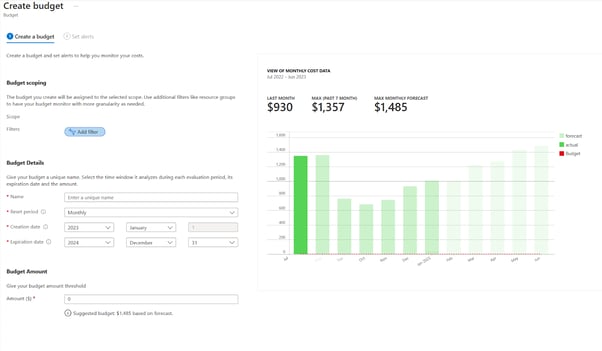
- Forecast future costs: You can use the Azure portal or Azure Cost Management to forecast your future costs based on your current and past usage patterns. This can help you plan your budget and make informed decisions about your Azure resources.
- Use Azure Cost Management and Azure Cost Management + Billing: This is a powerful combination you can use to view your cost and usage data, set up custom cost reports and alerts, and identify opportunities to optimize your costs.
Managing your Azure Resources
Managing your Azure resources is an important part of effective cost management, as the resources you use can have a direct impact on your Azure costs. Some strategies for managing your Azure resources include:
-
Using Azure Resource Manager and Azure Policy: Azure Resource Manager and Azure Policy are tools that allow you to manage your resources at scale. Azure Resource Manager allows you to define and deploy your resources as a logical group, called a resource group, and manage them as a single entity. Azure Policy allows you to create rules and apply them to your resources, helping you enforce compliance and maintain control over your resources.
-
Implementing resource tagging: Resource tagging allows you to add metadata to your resources, such as cost center or environment, and use it to track and manage your costs. You can use resource tagging to identify resources that are underutilized or overprovisioned, and optimize your costs accordingly.
Final Thoughts
If you're using Azure to power your apps and workloads, you'll know how quickly things can turn sour if you're not managing costs effectively. The above strategies can help you reduce your Azure spending while optimizing resource efficiency.
A tool like Finout can help you take your Azure cost optimization strategy to the next level by providing rightsizing recommendations, cost spike alerts, and smart cost allocation out of the box.
Book a demo with one of our specialists to get a platform walkthrough.
